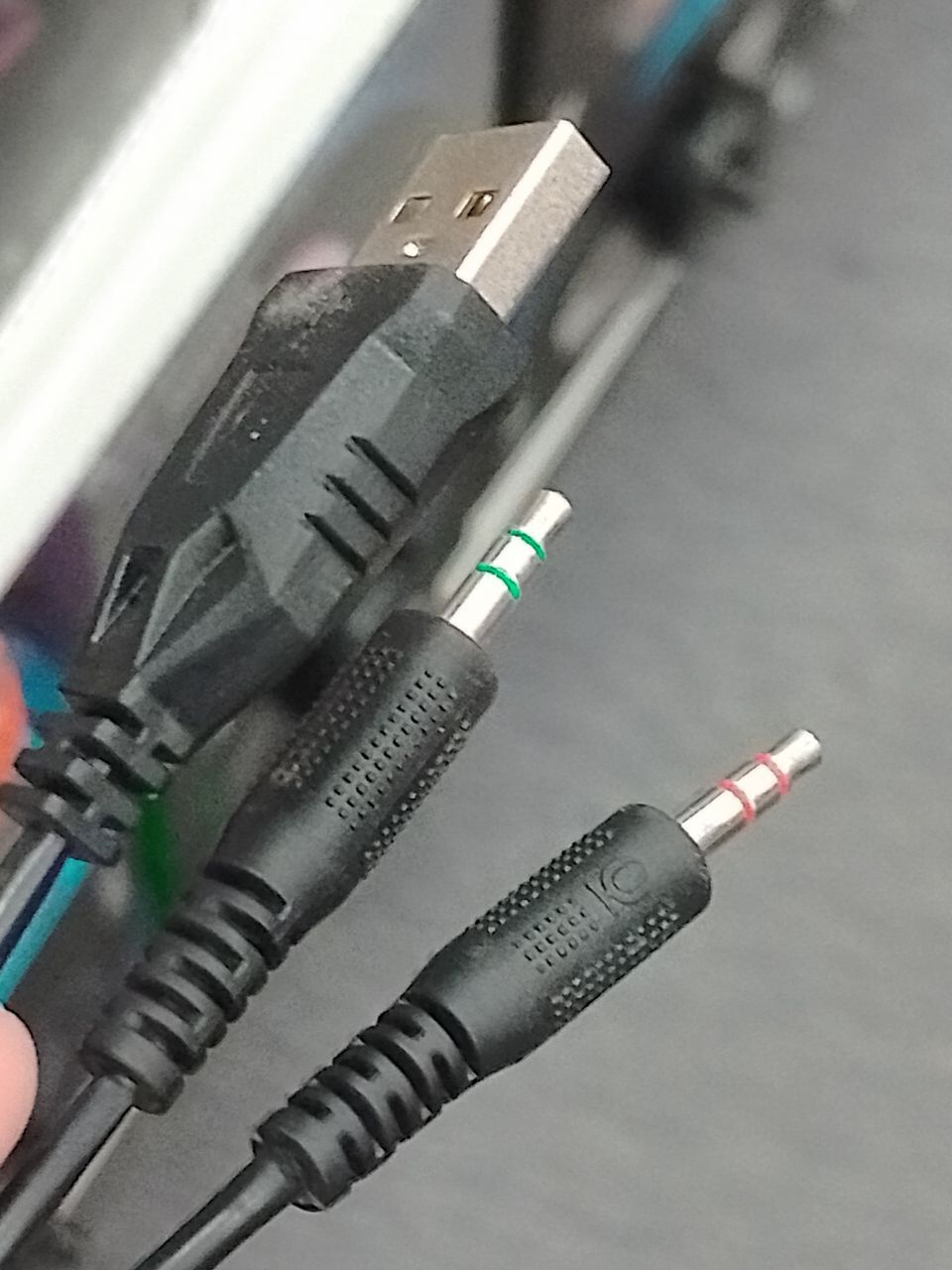this post was submitted on 09 Dec 2023
70 points (100.0% liked)
Technology
37603 readers
572 users here now
A nice place to discuss rumors, happenings, innovations, and challenges in the technology sphere. We also welcome discussions on the intersections of technology and society. If it’s technological news or discussion of technology, it probably belongs here.
Remember the overriding ethos on Beehaw: Be(e) Nice. Each user you encounter here is a person, and should be treated with kindness (even if they’re wrong, or use a Linux distro you don’t like). Personal attacks will not be tolerated.
Subcommunities on Beehaw:
This community's icon was made by Aaron Schneider, under the CC-BY-NC-SA 4.0 license.
founded 2 years ago
MODERATORS
you are viewing a single comment's thread
view the rest of the comments
view the rest of the comments

Soooo close; generally only condenser microphones require bias power, which is called phantom power in the professional audio world. Dynamic, ribbon and piezoelectric microphones do not need phantom power as the movent of the diaphragm directly creates the output voltage that is measured and applying phantom power does nothing, with the exception of ribbon mics which destroy themselves. But yes the 5v bias is the third connector to enable electret condensers microphones to work.
Phantom is 11-48V power over a balanced pair with the signal galvanically isolated, bias is direct 5-9V power over the 3rd cable. It's generally not a good idea to mix them up and hook up a bias powered mic to a phantom power source. Also better not to hook up a passive mic with balanced output, to any kind of power source.
As for the voltage generated by the movement of the diaphragm, the amount and power varies by multiple orders of magnitude depending on technology and size of the mic, but you will always have some part just converted to heat and lost from the output. The best way to minimize that, is to provide power beforehand, to a preamp specific to the particular mic, that will keep the diaphragm in its optimum operating range, then boost the signal if needed.